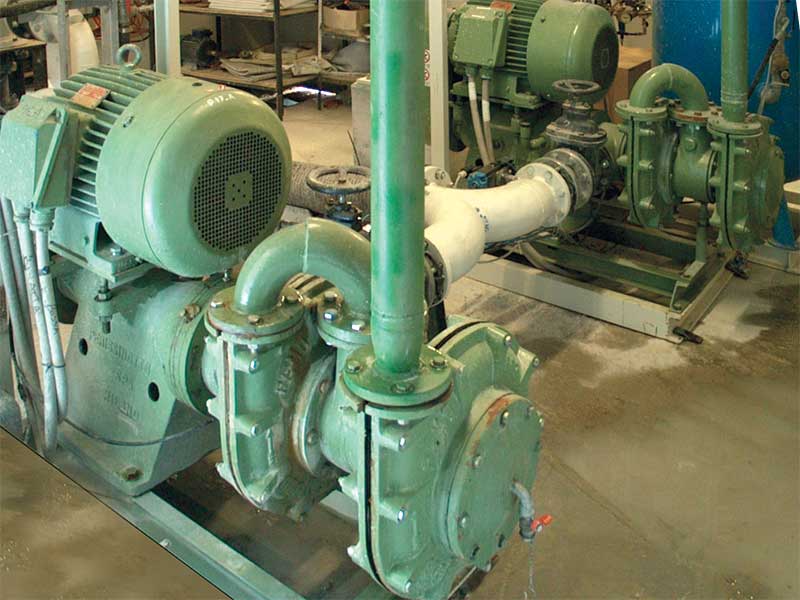Safety Tips for Using Slurry and Sludge Pumps
Slurry and sludge pumps handle significant volumes of liquids containing soft and hard solids, such as human waste, twigs, sand, ash slurry, crude oil, leaves, and mud. What makes these pumps unique is that the internal components do not experience any damage even when degrading particulates. Slurry and sludge pumps serve a critical purpose in multiple applications, including the transport of mined materials and waste removal. With the many different pump types, it is essential you work with a reputable slurry pump manufacturer. A representative will provide you with information based on your industry, application, and the typical type of […] The post Safety Tips for Using Slurry and Sludge Pumps appeared first on PFS Pumps.


Slurry and sludge pumps handle significant volumes of liquids containing soft and hard solids, such as human waste, twigs, sand, ash slurry, crude oil, leaves, and mud. What makes these pumps unique is that the internal components do not experience any damage even when degrading particulates.
Slurry and sludge pumps serve a critical purpose in multiple applications, including the transport of mined materials and waste removal. With the many different pump types, it is essential you work with a reputable slurry pump manufacturer. A representative will provide you with information based on your industry, application, and the typical type of solids processed.
It is essential you use a superior-quality pump designed specifically for sludge and slurry. With the incredible demand on the pump, any other type would not hold to the pressure. As you can imagine, that would lead to significant costs for repairs and maintenance. If you have fluid that contains any particulates, you want the correct pump in operation.
Sludge and Slurry Pump Safety
A top slurry pump manufacturer has offered a few safety tips to keep operators safe and ensure optimal equipment performance.
- Instructions – Regardless if you have years of experience working with slurry pumps, take the time to read the manufacturer’s instructions before turning the equipment on. After all, there are several types of pumps and, therefore, different operating factors. Also, only someone qualified should operate this or any pump.
- Overheating – As with any pump, it is essential that you prevent a slurry pump from overheating. Along with handling a lot of soft and hard waste, the harsh environments in which businesses use these pumps put a tremendous amount of demand on the equipment. Overheating could damage internal components and put humans at risk for burns and other injuries.
- Venting the Pump – Only after the pump cools to room temperature should you slowly and cautiously vent the pump at the drain plug.
- Protective Guards – At no time should anyone operate a slurry pump without all shields and guards in place. These pieces are required by OSHA and are there to provide optimal protection.
- Liquids – Use only the type of liquid designed for a pump, whether oil, gas, or water.
The Best Source for Pumps
When it comes to pump manufacturers in Canada, you can always count on us at Premier Fluid Systems (PFS). We have a line of incredible products, including those used for slurry and sludge. We invite you to visit our website or call for more information. You can also schedule a one-on-one consultation to discuss your options and determine the best solution for your industry and application.
The post Safety Tips for Using Slurry and Sludge Pumps appeared first on PFS Pumps.

 nikhil
nikhil 





